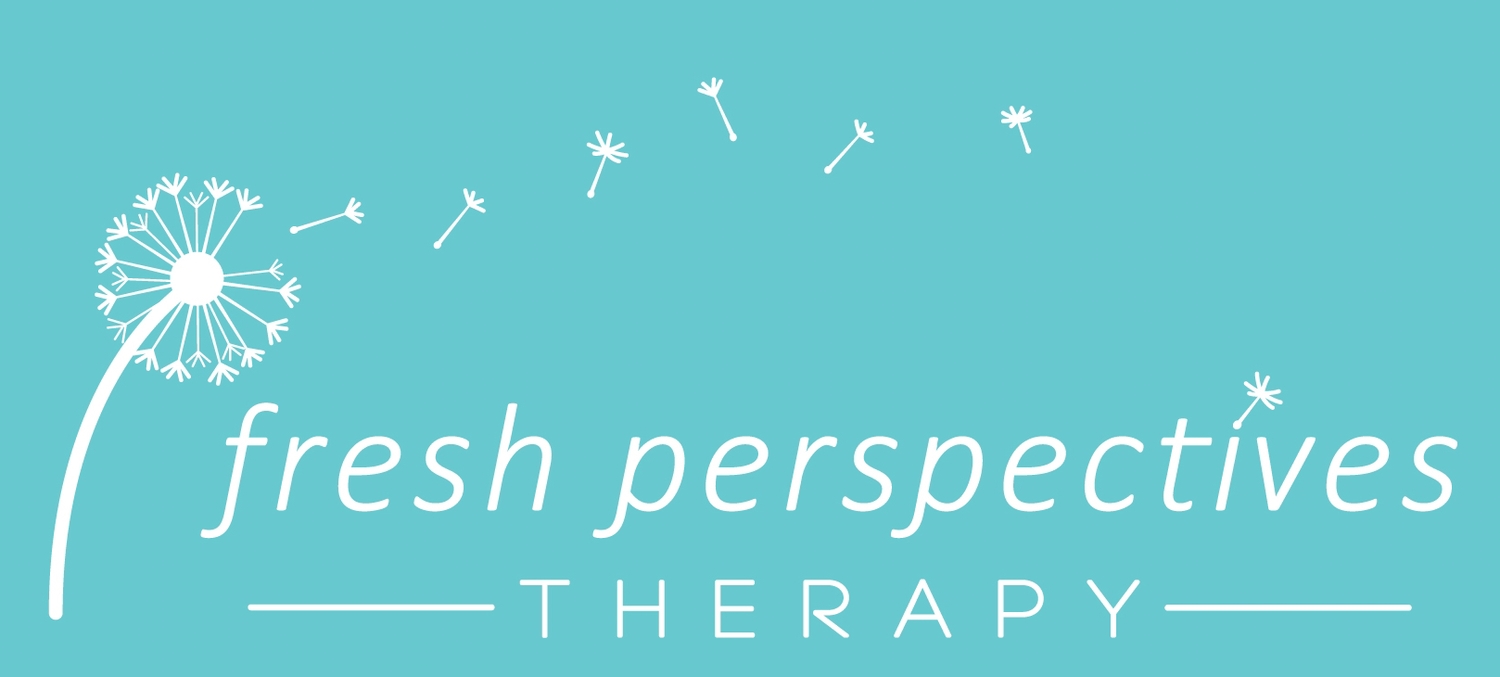ACT’s development began in the late 1980s by Drs. Steven C. Hayes, Kelly G. Wilson, and Kirk Strosahl. It is based in functional contextualism and relational frame theory. These are big concepts labeled with confusing, technical words that can scare people away. The truth is, when you look behind all of the jargon, the message is quite simple and something that many of us already practice at least to some extent in our daily lives! I’m going to do my best to break down the essential concepts of ACT here.
Recognizing Emotionally Abusive Relationships
When there are physical signs like bruises or broken bones, it is fairly clear you’re dealing with abuse, though that doesn’t make it easier to extricate yourself or your loved one from it. But what happens when abuse is subtle and doesn’t leave physical wounds? It’s more difficult to talk about, let alone name. How can you tell if you or someone else is really in an emotionally abusive relationship?
Connect with Your Intention
What is intention? We’re probably all familiar that intention means an act with purpose or aim. But intention can be much more! Intention by itself is not all that powerful or influential. Frequently, the problem is not a lack of intention but lack of awareness of your intention. When you are aware of your intention, when you connect to it mindfully, that is when intention has the strongest influence on your motivation, your frame of mind, and your demeanor.
